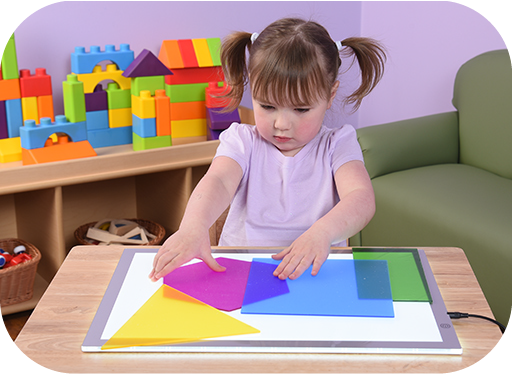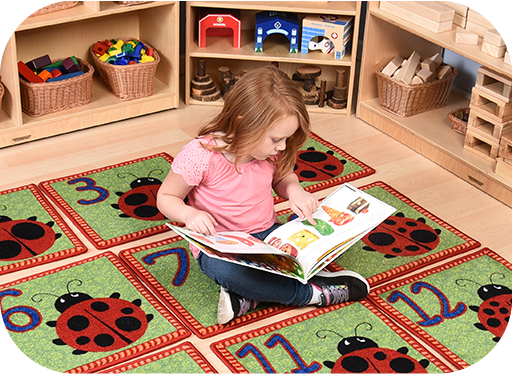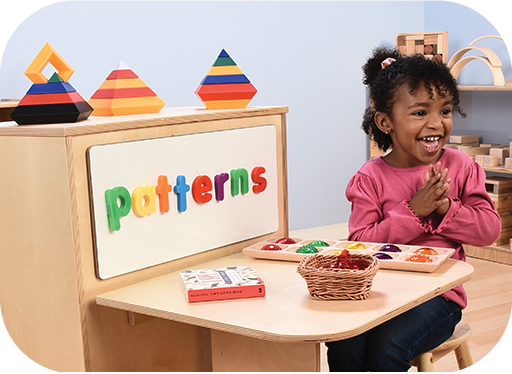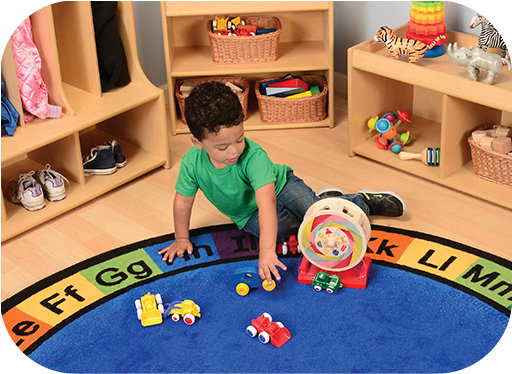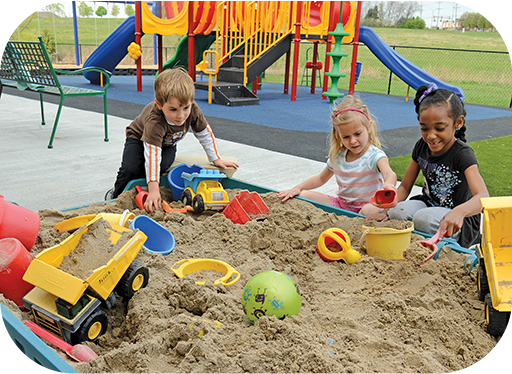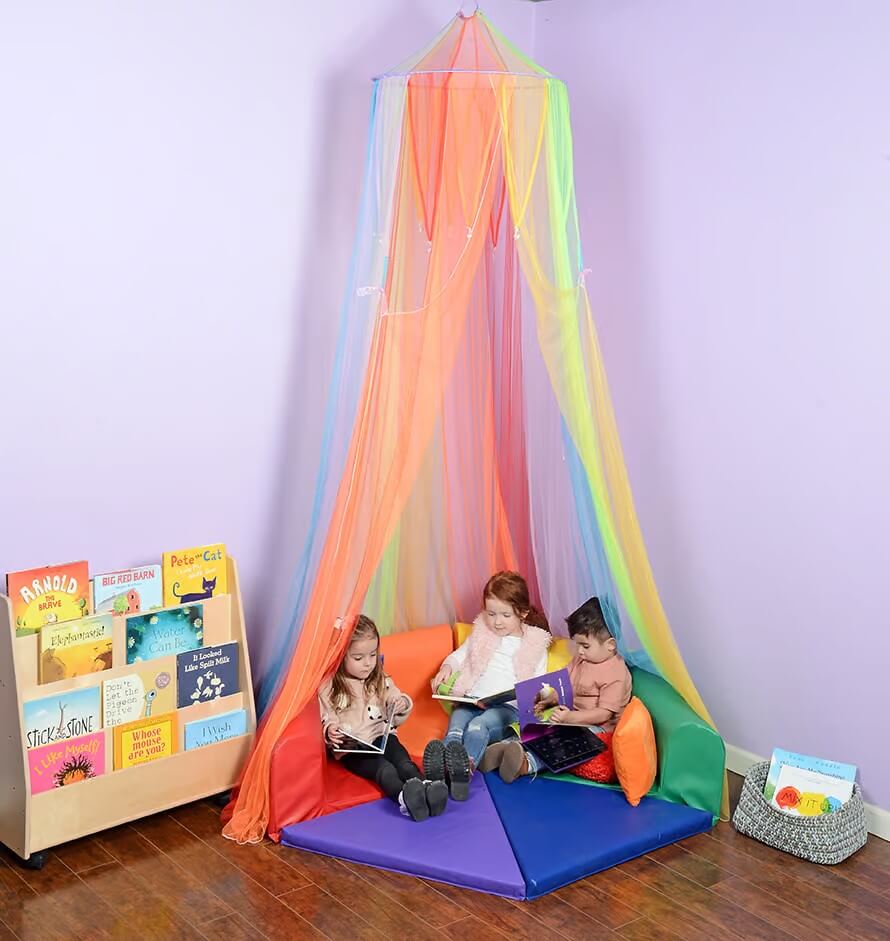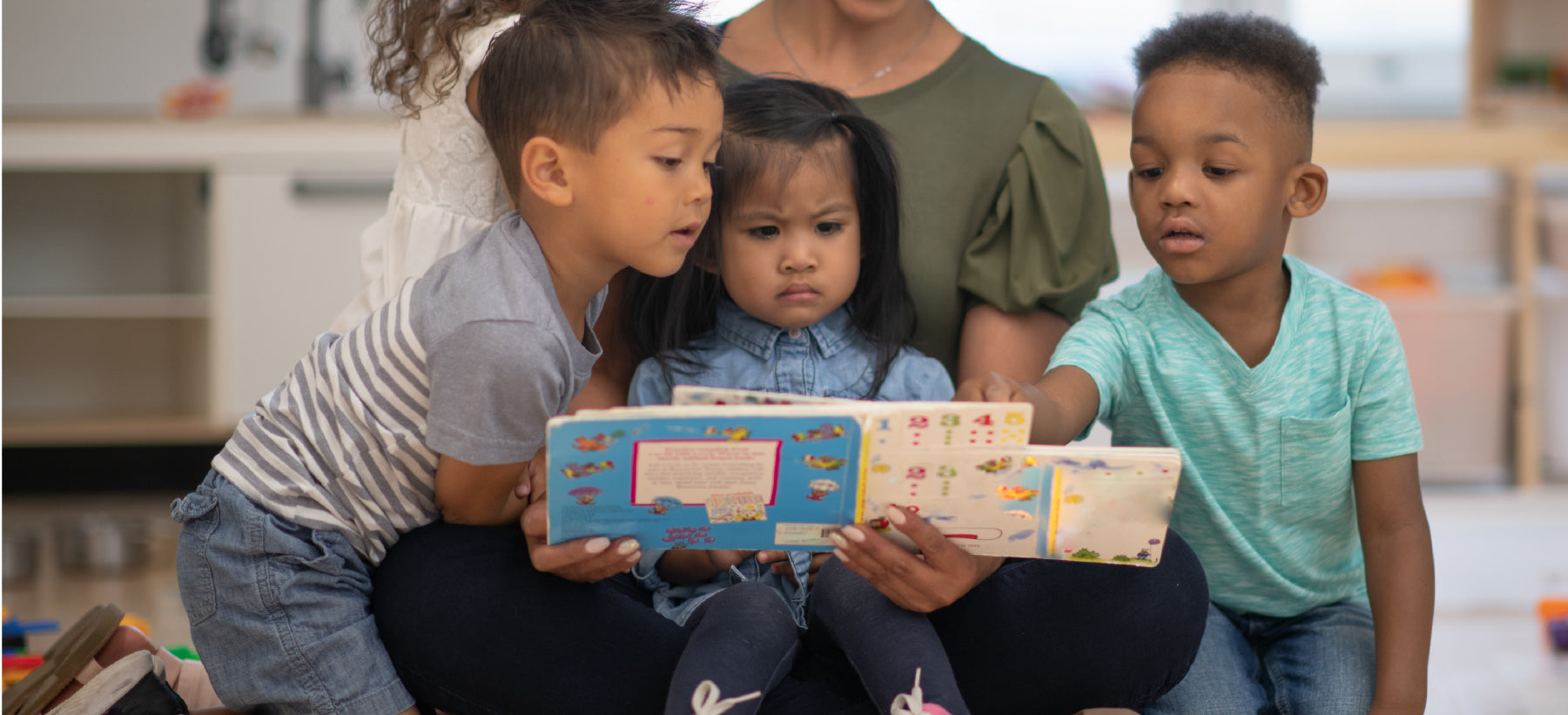
Literacy Development: Reading is Key
READING IS KEY
Language and literacy develop in young children through their interactions with the people around them. Infants, toddlers, and preschoolers learn about language through listening and having people talk to them. An important way for children to learn and expand language skills is to read to them. All children love books, or at least the way that books are read to them. Listening to a book brings the sounds of expression and emotion, funny words, and enjoyment. Building children’s listening and language skills prepares them for a lifetime of loving books.
Babies are never too young to be talked to or read to. Comfort comes from the tone of the teacher’s voice in reading the text of a book to a child. Being cuddled in a teacher’s arms makes the child feel safe and secure while being read to. Small board books are easy to manipulate while holding an infant as it doesn’t necessarily matter what the storyline may be. It’s the tone of the teacher’s voice, the laugh as the baby smiles, and the eye contact made between the teacher/reader and the baby that creates connections and helps develop secure attachments. A book like Goodnight Moon by Margaret Wise Brown contains simple words but rhyming text that is perfect for a cuddle and a read.
Toddlers sometimes enjoy being on the teacher’s lap and listening to a story with lots of repetition. Other times, toddlers would rather be up and active while listening to a book with rhyming prose. Simple story books like Llama, Llama, Red Pajama by Anna Dewdney and Brown Bear, Brown Bear by Bill Martin Jr. start the repetition with their titles. Those simple repeating words are the first introduction into rhyming that toddlers will recognize easily. Toddlers ask for these books over and over and can soon “read” the book on their own since they have the repetitive words committed to memory.
As children grow and develop, their interest in books also grows. When reading to children, teachers often point to the words on the page. Preschoolers learn print concepts; that print goes from left to right on the page and from the top to the bottom. Teachers reference the picture on the front of the book and ask children to wonder what the book might be about. This allows children to express their own thoughts and feelings. Much can be learned about a child’s description about what they see. Teachers can point out illustrations or pictures in the book as it is read. This helps focus the story for children. In some books, the pictures can continue to tell the story, even without words.
When reading books, teachers try to relate the story to children’s lives and their world. It helps children make sense of the storyline and integrates their previous knowledge together with the story they are hearing. Books like The Kissing Hand by Audrey Penn and It’s Okay to Be Different by Todd Parr have stories that children can relate to. Discussing characters’ feelings is a way for children to relate to the story. It helps children talk about their own feelings after they discuss the characters’ feelings. Teachers can utilize these discussions in the future when the child may become upset. Teachers can relate a child’s feelings back to a character’s feelings that were similar.
As preschoolers are read to more often, their interest in books increases. Their language skills improve as teachers define new vocabulary words they didn’t otherwise know, point out occurrences of alliteration and rhyming, and explain phrases that children may not understand. Most importantly, children learn to love books and reading because the teacher makes it such an enjoyable activity.
With help from Constructive Playthings, you can have the books that help construct an environment for language and literacy learning.
Constructive Playthings - We’re your early learning resource.
Shop Literacy


